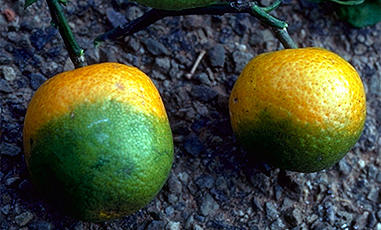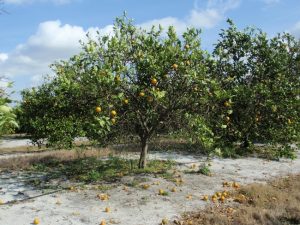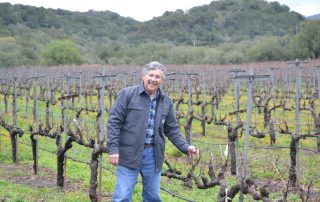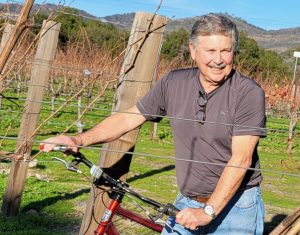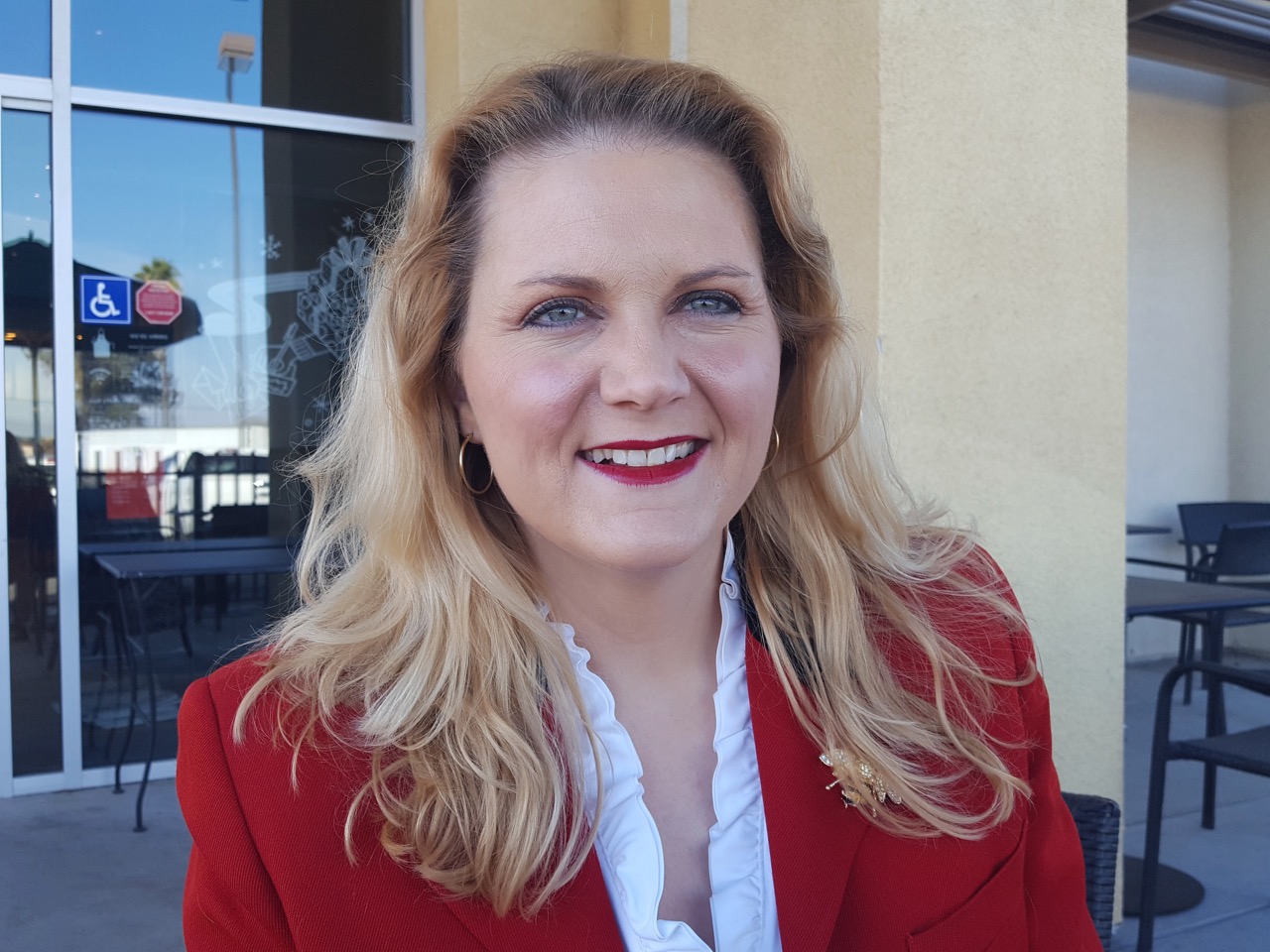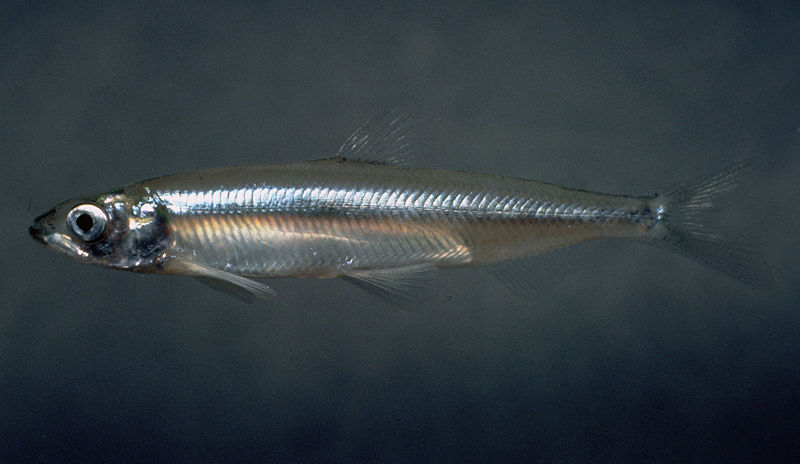New Grower Liaison for APG
American Pistachio Growers Bring on Liaison For Membership
By Patrick Cavanaugh, Editor
The American Pistachio Growers Association has brought on a grower liaison to help build up the voluntary association and to retain current members. That person is Campbell Gilkey, a fifth- generation farmer with Gilkey Farms, a diversified farming operation, including pistachios in the Corcoran area of Kings County.
“I’ll be reaching out and making new contacts all along the west side of South Kern County, Fresno County and up north near Sacramento and occasionally reaching out to our Arizona and New Mexico growers,” said Gilkey.
American Pistachio Growers has the majority of growers within its ranks, but more is better.
“Yes, more is better. So I’ll be working all throughout Central, Northern and Southern California, trying to make new contacts, create retention with some of our older loyal customers and spreading our message and helping with their marketing and promotion in the whole pistachio industry.
Gilkey describes his family’s legacy operation. “It began with great-grandfather and then my two grandfathers, Don and Charles Gilkey had helped to expand the company and eventually their sons took over and it’s three sons and two cousins of mine now,” he said.


